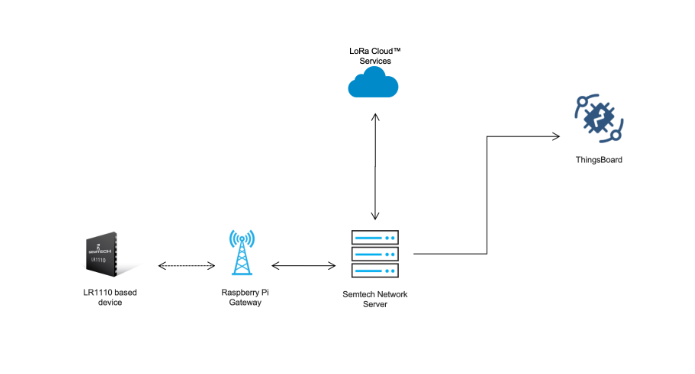Hi everyone,
I want to know what is the different between all types of TTN such as The Things Stack (Enterprsis), The Things Stack (Cloud), and The Things Stack (Open source)
The Things Stack (Enterprsis) = enterprise grade version of TTS on your own servers
The Things Stack (Cloud) = enterprise grade version of TTS run by TTI
The Things Stack (Open source) = install & run it yourself on your own servers
plus
The Things Stack (Dedicated Hosting) = enterprise grade version of TTS run on separate servers for you by TTI
The Things Stack (AWS Launcher) = enterprise grate version of TTS running on your AWS servers
The Things Stack (Community Edition) = The Things Network - the free version run by TTI, almost all enterprise features, no Service Level Agreement
What were you trying to achieve with this info?
Perfect my friend,
I am trying to understand the differences between them so, when I am going to get the project i can decide which one I am going to use. But, I am still confusing how can i chose one of them? Is it depend on project or what? and all of them run in one place or I download one of them which I want to use?
Then your realy need to read the documentation and understand limitations and constrains (and any costs!) that may apply
e.g. TTN has a Storage Integration…IIRC that is not directly available with the TTS(OS) version - but is on the paid instances from TTI (Nick correct me if I am wrong!) also TTN brings with it responsibilities and limits…responsibilities inc being open to all comers wrt use of any GW’s you deploy, no filtering or attempts to limit use by others - in exchange for the free back end facilities and comprehensive suite of Integrations etc. limitations inc being a responsible citizen (should be that as legally enforced! for all versions actually) and staying within the FUP limits, etc.
These links should help you;
https://www.thethingsindustries.com/docs/getting-started/what-is-tts/
https://www.thethingsindustries.com/docs/getting-started/ttn/
Almost completely impossible to say without knowing what your project might be. Enterprise & Open Source run on your own server (as I said above). The rest are run by TTI.
Apart from OS, there is nothing to download. You really really need to read the Learn section otherwise you will keep finding new questions and have to wait for an answer and every time you will be asked to go to the Learn section …

I have read alot but I think that when I am going to work with real project and try to fix step by step things so it is goning to be clearly for me and start to understand more and more but in that way “theory” is a litle hard now.
I am trying to understand this structure!**
1 Device is like senor. Is it right?
2 Gatway is like TTIG or TTOG. Is it right?
3 Semtech Network Server such as ChirpStack open-source project,
or
The Things Stack (TTS) as ( The Things Stack (Enterprsis), The Things Stack (Cloud), or The Things Stack (Open source) ). We can add device and gateway. Is it right?
4 The Things Board (Here I can collect and visualization the data) Is it right?
5 What is LoRa Cloud Services? Is it building in Semtech Network Server?
6 If the number 3 is right so, need I to connect Semtech Network Server (ChirpStack open-source project) to the The Things Board (Number 5).
- No, a sensor is a piece of hardware that senses. A device is the microcontrollers that runs the LoRaWAN stack. One or more sensors are attached to a device.
- Yes
- Yes
- Yes
- It is a Cloud Service for LoRa - do not try to find all the servers for LoRa, there are many
- I don’t know, but we ONLY discuss TTN here
You buy a simple device and a gateway, you follow the instructions to get them setup and you make progress. Trying to over learn & over prepare rarely works as you can’t understand all the parts of LoRaWAN before doing anything practical.
Just a note to say that Semtech does not create Chirpstack - in the same way that McDonalds do not make Whoppers
This topic was automatically closed 24 hours after the last reply. New replies are no longer allowed.